Tak'alik A'baj' formerly known as Abaj Takalik, is one of several Mesoamerican sites with both Olmec and Maya features. The site flourished in the Pre-Classic era, from the 8th century B.C.E.through the 9th century C.E., and was an important commerce centre, trading with Kaminal Juyu and with Chocolo. The site is located near El Asintal,in the Retalhuleu Department of Guatemala, some 120 miles (190 km) from Guatemala City. The site lies among five coffee plantations in the foothills of the Sierra Madre mountains; the Santa Margarita, San Isidro, Buenos Aires, San Elías and Dolores plantations. It is bordered on the west by the river Nimá and on the east by the river Ixchayá, both flowing down from the Guatemalan Highlands. The name means "Standing Stone" in the local K'iche' (Quiché) Maya language; the ancient name of the site is as yet unknown. The core of the site covers about 6.5 square kilometers, with remains of some 82 monumental structures around a dozen plazas. It has 2 ball courts and over 282 stone monuments known to date, including impressive stelae and altars. The materials used are granite stones much different from the soft limestone used in the Petén cities, in Olmec and archaic Maya styles.. The site is also noted for its hydraulic systems, including a temazcal or sauna bath with a subterranean drainage, and Pre-Classic tombs recently found there by Drs. Marion Popenoe de Hatch, Christa Schieber de Lavarreda and Miguel Orrego, from the Universidad Del Valle in Guatemala.The remains of a giant sculptured head and other Olmec remains probably indicate a physical Olmec presence and control, possibly under an Olmec governor, or may imply a common iconography of power on the Pacific and Gulf coasts.

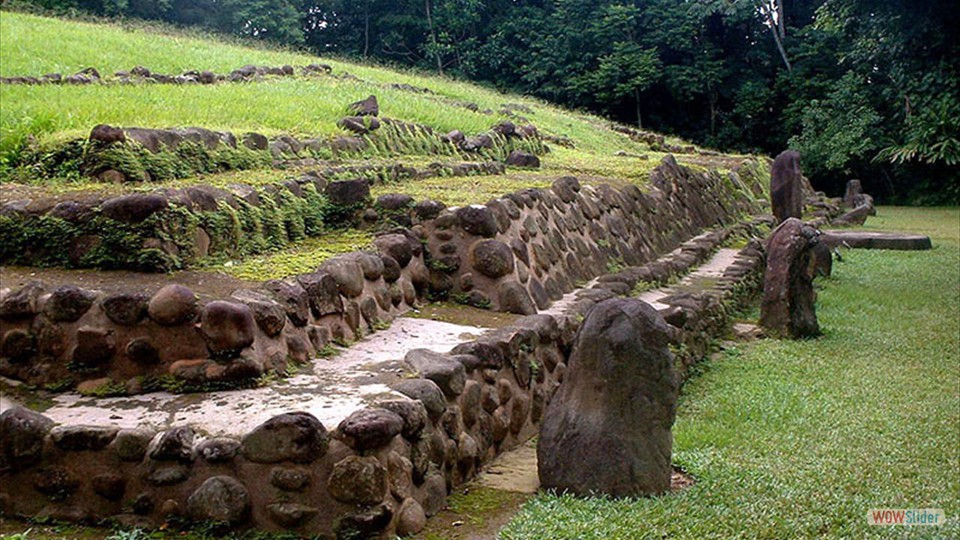
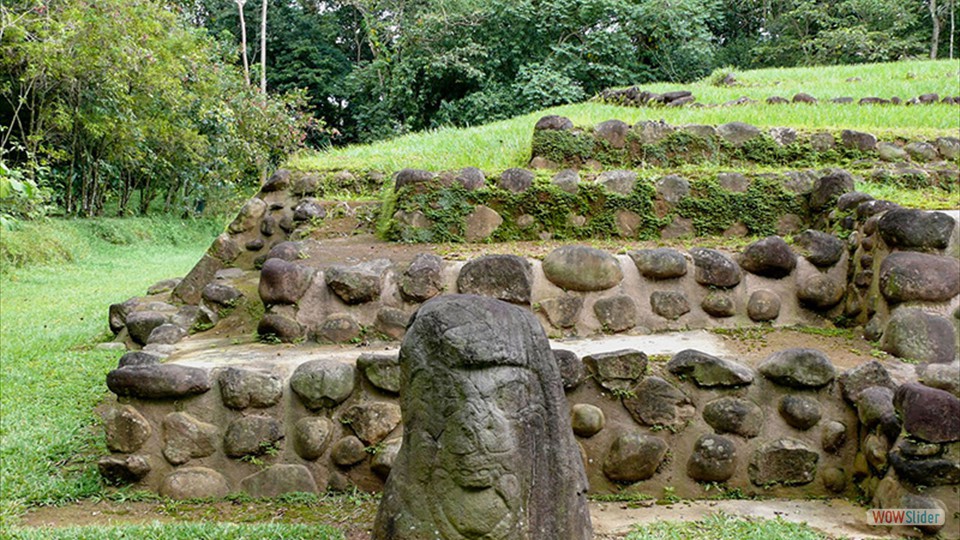
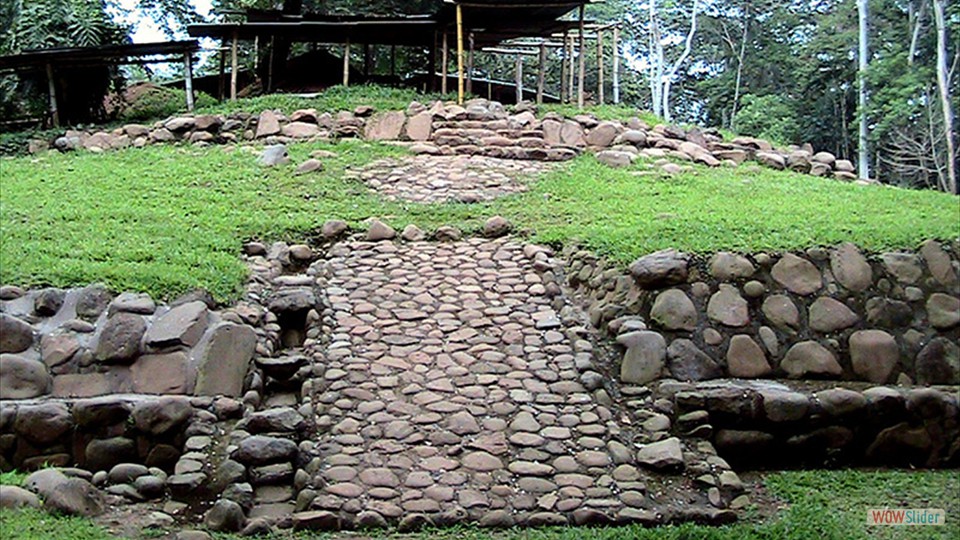
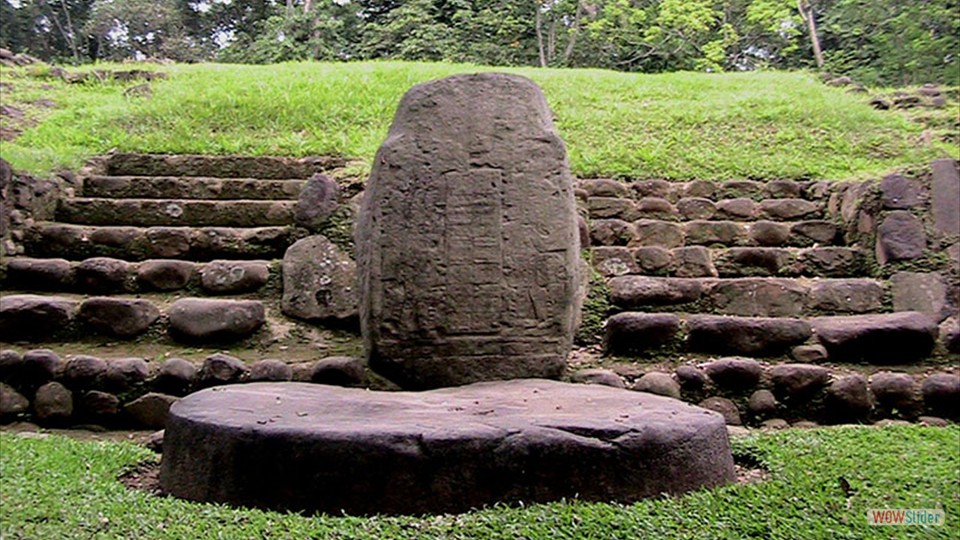
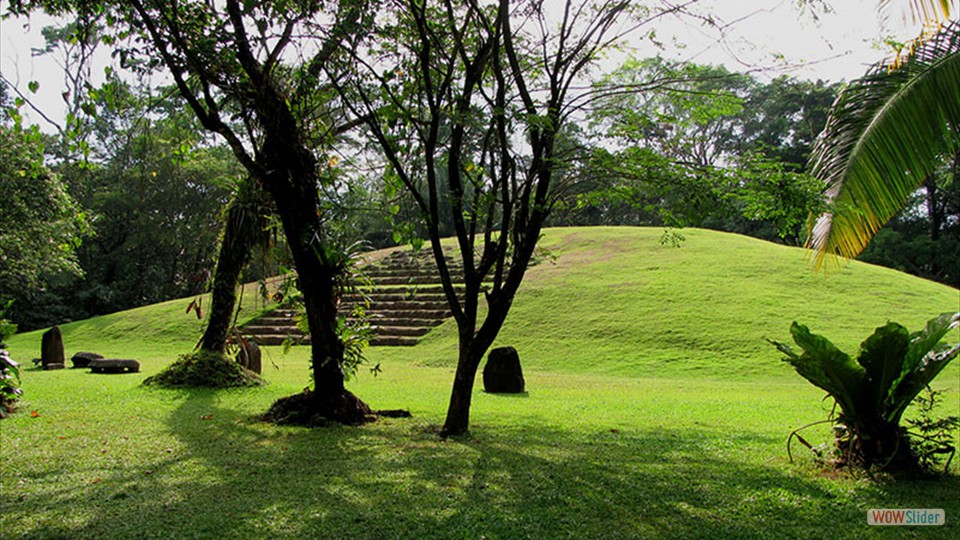

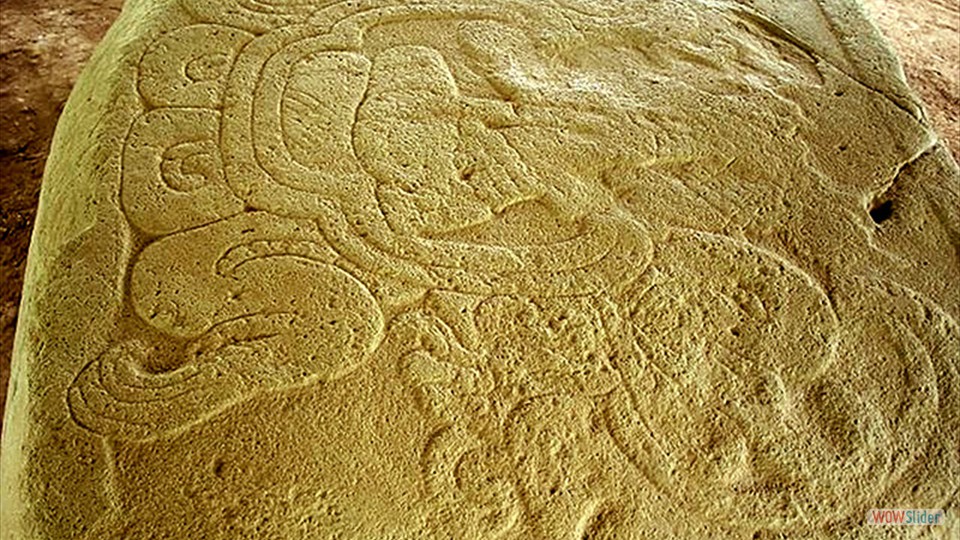
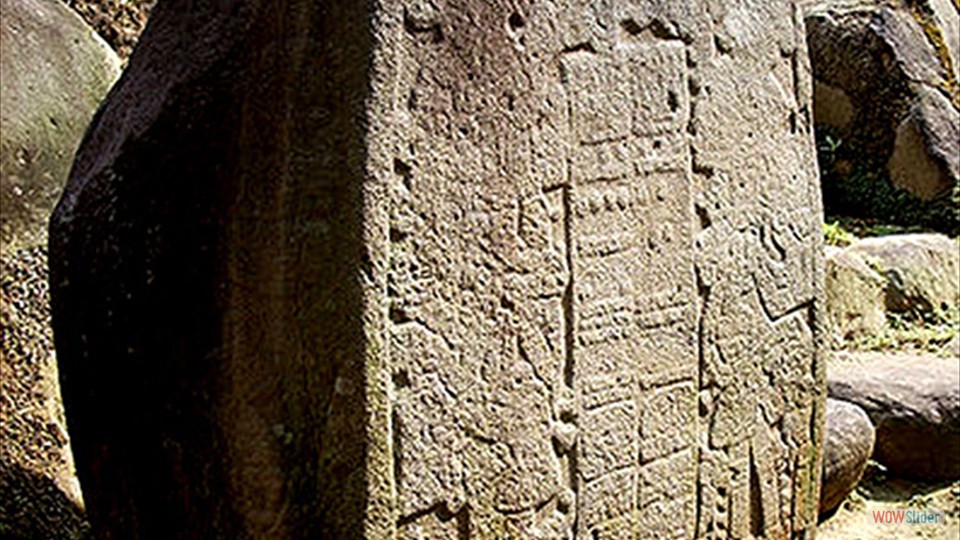
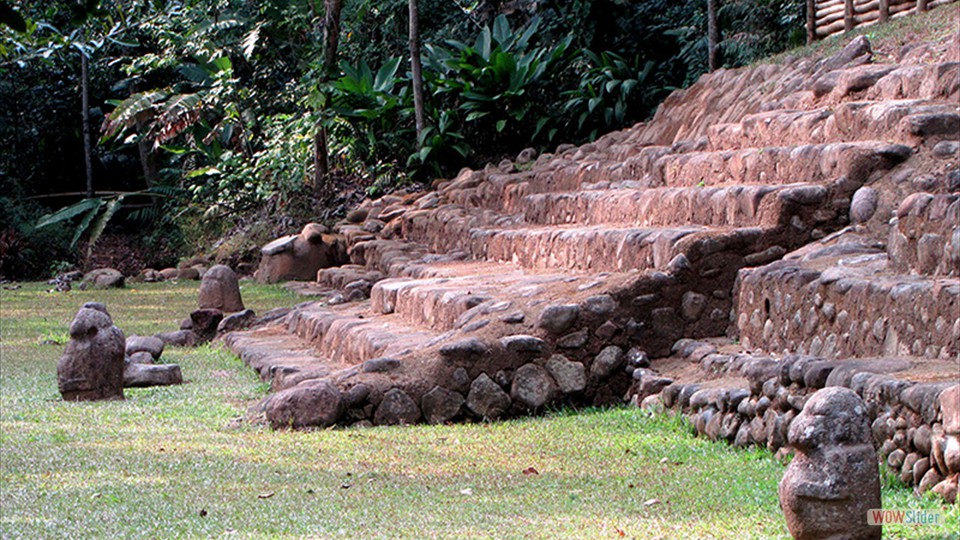
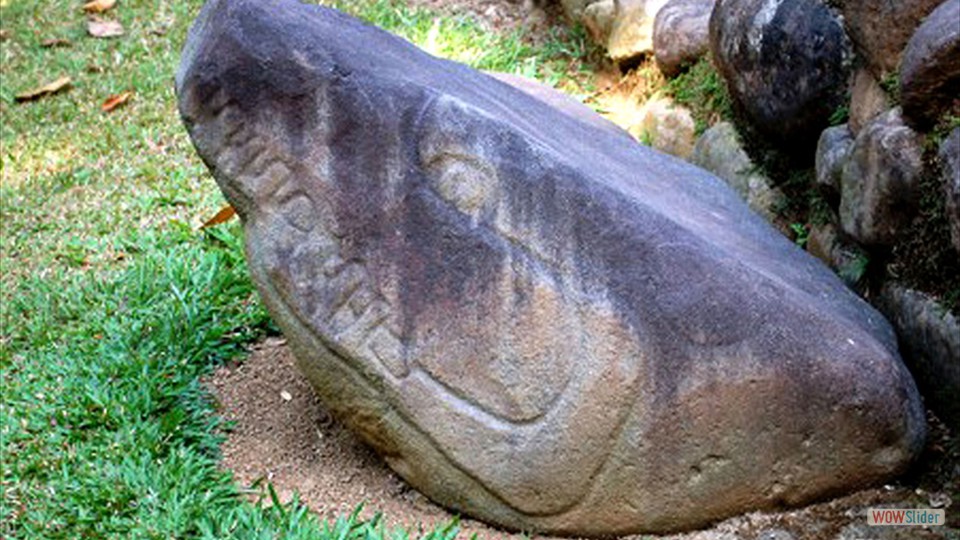
 1
1 2
2 3
3 4
4 5
5 6
6 7
7 8
8 9
9 10
10